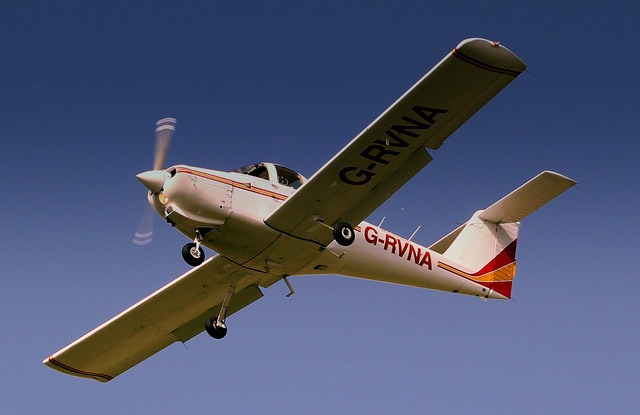Piper Tomahawk

There were 2,484 Piper Tomahawk trainers built from 1977 to 1982. While these roomy, 90- to 100-knot transporters have a better accident rate overall than the popular Cessna 150 and 152, that isn’t the case if a spin is involved. Fatal spin accident rates were much higher than for the 150 and 152. To solve the problem, stall strips were added to the wing’s leading edge to standardize stall characteristics.
The Tomahawk II, built in 1981 and 1982, also provided better heating, window defrosting, soundproofing, and larger wheels for better propeller tip clearance on dirt and grass runways. A supplemental type certificate is available from Air Mods Northwest in Snohomish, Washington, to boost the 115-horsepower Lycoming O-235 engine to 125 horsepower. With that, you can cruise at 110 knots.
The real world
Connecticut Flight Academy at Hartford Brainard Airport, Connecticut, operates 10 of the 11 Piper Tomahawks based in the state. (Florida and California have the most Tomahawks registered.) Chief Instructor Kevin Ross said the aircraft is safe and maintenance is simple. It is fun to fly, with 360 degrees of visibility and few blind spots. The school charges $130 per hour, including fuel; expenses (including tiedown, insurance, fuel, maintenance, and engine reserve) have not been calculated but probably amount to $90 to $100 per hour. One of the school’s Tomahawks was converted to 125 horsepower, providing a 110-knot cruise.
Early models, from 1978 to 1980, have a mandatory tail inspection that can get expensive unless there have been repairs to put the aircraft in permanent compliance. The huge rudder means it is easy to recover from stalls and spins. “I love it. It is the most fun to fly of any of our aircraft,” Ross said. The school’s other aircraft include the Piper Warrior, Cherokee, and Arrow.
Email [email protected]
Who to contact
Piper Owner Society, N7528 Aanstad Road, Iola, Wisconsin, 54945; 866-697-4737; email [email protected].
Vref value
Vref, the AOPA partner offering aircraft value estimates, suggests a base price for the Piper PA–38-112 Tomahawk of $14,000 for the 1978 model to $16,000 for the 1982 Tomahawk II.
Recent advertised prices
Listed in Trade-A-Plane at the time this was written were five Piper Tomahawk aircraft, none of them the Tomahawk II, ranging from $14,500 for a 1978 model to $27,500 for a another 1978 model that had half the total airframe time (3,000 hours) compared to the one costing $14,500.
Insurance costs
AOPA Insurance Services estimates an average-cost Piper Tomahawk flown by a low-time pilot will cost $1,000 to $1,500 per year to insure.
How many in the fleet?
AIRPAC PlaneBase shows a registered fleet of 597 Piper Tomahawk-series aircraft. Only 52 are either the 1981 or 1982 models.
Financing
AOPA Finance estimates $240 to $250 per month on a 6.25-percent, five-year loan with as little as 15 percent down.
Airworthiness directives
The biggest one came in 1983 and required inboard stall strips (triangular-shaped tubes) on the leading edge of the wing to alter airflow and tame stall characteristics. Most Tomahawks now have the modification. There is an AD for the empennage requiring reinforcement brackets due to the T-tail design.
Biggest plus
Costs less than a car.
Biggest minus
Slow.
Things to watch out for
Early models have a more costly tail bracket airworthiness directive. A few of those have permanent compliance, eliminating the AD. The same AD applies to 1981-82 models but compliance is less expensive.



